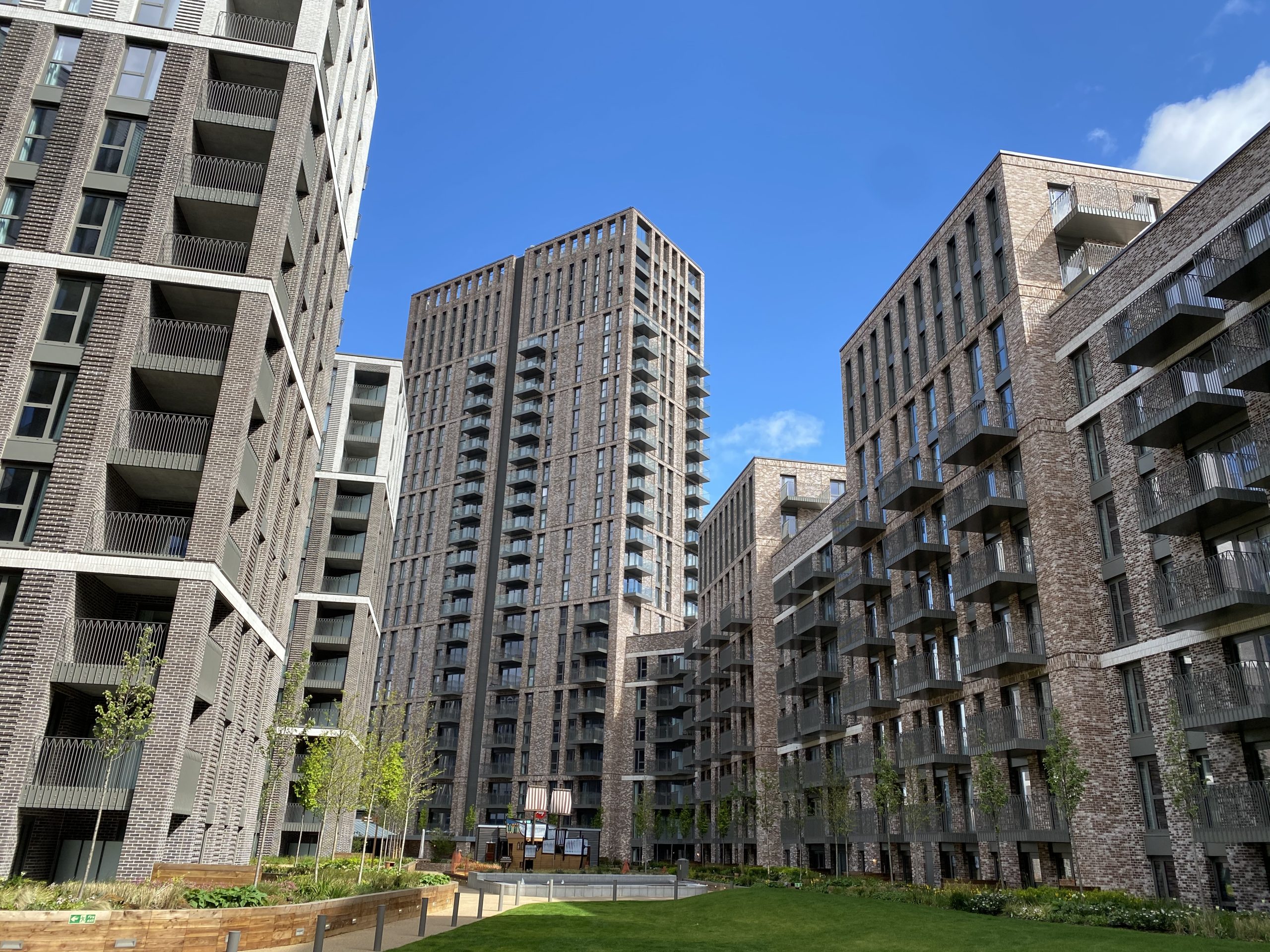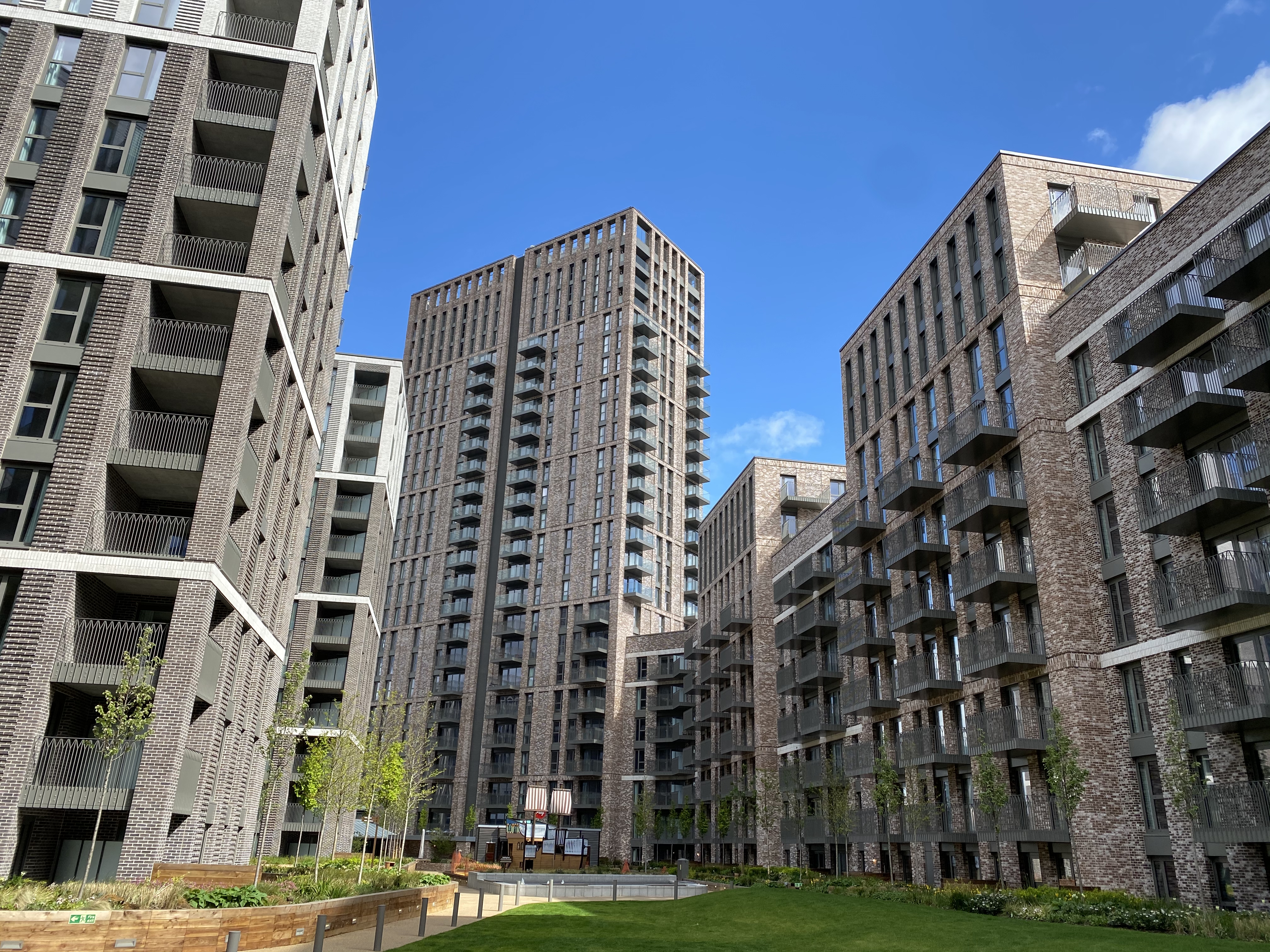
Generate Increased Returns by Claiming Capital Allowances
With corporate tax rates set to jump from 19% to 25% in 2023, owner-operators of Build To Rent should now consider claiming capital allowances. This long-standing form of UK tax relief can often be overlooked or under claimed. In this article, Nolan Masters a capital allowances specialist sets out the key considerations to maximise claim values to boost returns for investors in Build To Rent.
Who can claim?
Capital allowances are available for the entity or individual that incurs the capital expenditure on the construction or acquisition of a Build To Rent property. Applicable to companies, onshore and offshore, partnerships and individuals.
The claimant must hold the property as an ongoing investment to derive an income rather than hold as stock in trade. For forward funded schemes it is the funding entity that can claim on their financial commitment paid to the developer.
How to claim
Capital allowances are not automatically accounted for, as with all UK government tax reliefs they must be claimed within a tax return submission. Only certain assets within a Build To Rent property will qualify and it requires a valuation exercise to be undertaken to identify and quantify the qualifying assets.
The valuation process for Build To Rent is complicated further by the legislative requirement to exclude certain parts of the building, namely those assets within the residential apartments themselves. It is for this reason that an accountant is unable to fully calculate, as it requires a capital allowances specialist who understands how the building has been constructed to fully identify those qualifying items of plant & machinery.
Typically, a claim will be prepared during the claimant’s year end in which the property is completed on. However, providing the qualifying assets are still in use, then claims on historic expenditure can still be submitted.
The entitlement to claim capital allowances exists when a property is purchased from a trading developer, either as a straight asset purchase or forward funded transaction. Where it is acquired from another investor as an asset sale, then contract elections may be needed to secure the passing over of the unclaimed allowances.

What is the benefit?
Claiming capital allowances improves investment returns by reducing the amount of tax payable on either income or a future gain (now applicable to non-resident landlords).
__________________________________________________________________________________
Benefit example:
Development value (excluding land) £10,000,000
Typical capital allowances claim £2,500,000
Overall Tax cash saving £625,000*
*based on a corporate tax rate of 25%
__________________________________________________________________________________
Claiming capital allowances are the only available form of tax relief on capital expenditure for developments or acquisitions, offering investors in Build To Rent a legitimate way to mitigate both current and future tax liabilities.
Summary
Capital allowances can often be mistaken as a standard accounting function rather than a calculated relief that can generate significant cash savings. Higher claim values can be achieved by better understanding how a building is constructed and undertaking a detailed valuation study. Furthermore, from April 2021 there are enhanced capital allowances temporarily available on certain expenditure with the introduction of super-deductions.
For any owner-occupier who has incurred historic expenditure, working on existing developments or planning for future investment in Build To Rent, capital allowances should form a key part of any investment process to maximise returns.
Contact: Nolan Masters – Director Veritas Advisory – nolan.masters@veritasadvisory.co.uk